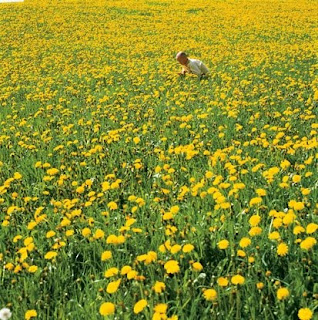
Reading Benjamin is a struggle for me. No kidding. I have to constantly reminding myself that the essay, i.e. the Work of Art in the Age of Mechanical Reproduction, was written before World War II, 1936? It is very hard for me to situate myself in a time frame and social condition that is totally alien to my knowledge or personal experience. Perhaps, it’s not a problem to others but, somehow, I found myself going back and forth, and constantly lost between a time span of seventy years. The words Fascist, trench, gas masks, for example, had become a text book term to me, but the whole idea of films is so real and contemporary, even the movies that Benjamin mentioned (The Gold Rush) has, at some point, become a part of my life experience. However, reading Benjamin is also a pleasant journey. Confusing yet refreshing. The word, aura, for instance (well, regardless of the credibility of such saying and the possibility that I took the word out of its context), reminded me some much of the X-factor that some art teachers I met back in Singapore refer to as the un-assessable element/component within a piece of art work.
The relation between the cult value and exhibition value of an artwork, although was perceived by Benjamin as something exist on two different/contradictive planes, somehow I find no matter how distinct these two values Benjamin attempt to see them as, are actually co-exist as a totality within the game of art today. Visiting museums and galleries has always given me this feeling of a ritual journey. The fact that the viewers are not allow to have any physical contact with the paintings on the walls, for example, really reminded me of what Benjamin said about the (major) quality of a cult image: “distant, however close it may be.” Museum is like another temple of cult, a sacred location for icon worshipping.

“Reproduction; is photography a form of art?” has become such a dated and obsolete question. According to one of my art theory professors back at Pratt, when Jasper John created his Target with Four Faces in 1955, he was bombarded with criticism: two-dimensional and three dimensional art forms do not go together! During her interview with John, she confronted him with the criticism. To legitimize his work, John said the connection between the two is the relationship of sight and site, and hence, she said, the whole world shut their mouths. John indeed opened up a gate way to clear the path up for many future art forms to take shape. Similarly, we do not question the legitimacy of photography as an art form anymore today. But for Benjamin, I guess, he lived in an era where film and photography are still in their infancy, the question became the key to an un-explored territory for him. I find reading Benjamin has awaken the awareness of the habit of not questioning the taken for granted mentality within myself. We were all living in this era so-called the Postmodern where everything in studio art practice has been done and nothing is new anymore, so we think or so I think. However, to think about it, have we really fallen into this immense trap where regurgitations and repackaging is the only solutions for contemporary art making? The answer is definitely a negative one, I hope, but, where is the other way out? Perhaps, we are playing another form of aesthetic game, all together, that will legitimize us an adventure into an unchartered territory. Computer? Internet? No matter what that is going to be, I believe it will be an exciting yet overwhelming one, at least for me, a dinosaur from the previous century.
What do I get from reading Benjamin? A stubborn bearded man, holding tight to his brief case, attempting to cross the borders of time.













